Mobile on the Gulf Coast
A port city in the US state of Alabama

Mobile is a port city on Alabama’s Gulf Coast.
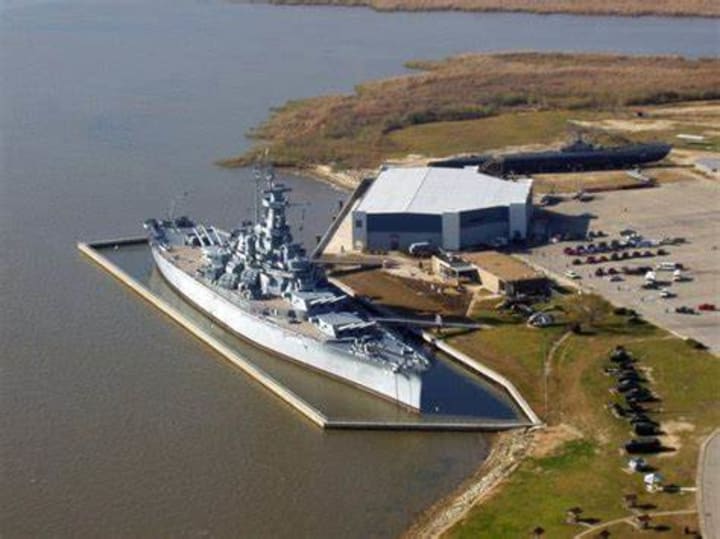
The USS Alabama a BB-60 battleship that was nicknamed "Mighty A” can be found in Battleship Memorial Park. It was launched in 1942 and decommissioned after WW II and became a part of Mobile’s new veteran’s memorial park in 1965. You can tour this ship and the USS Drum, a historic submarine. The park also has an impressive collection of aircraft and other historic military equipment from these eras as well as from the Vietnam War, the Korean War, and the Desert Storm conflict. The Battleship Memorial Park is dedicated to Alabama veterans who served from WW II to Operation Desert Storm.
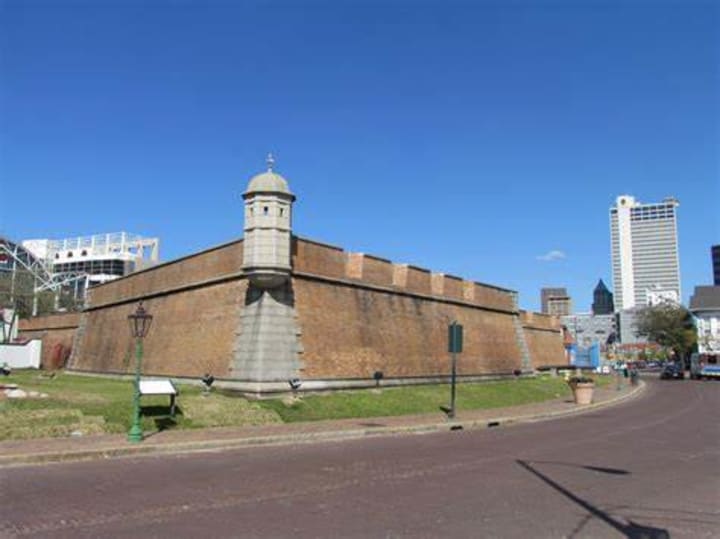
Fort Conde was built by the French on Mobile Bay in 1702. The buildings were removed in 1823 to make room for what today is downtown Mobile. The historic fort area covers about 1/3rd of the original space. It was opened in celebration of the nation’s bicentennial in 1976. It offers visitors a look at life in the 18th century. The fort also has fun, family activities like a colonial-themed photo gallery, a shooting gallery, and a photo set with colonial costumes and props. At the Trading Post, visitors can get a copy of the free self-guided walking tour of the grounds and museum,
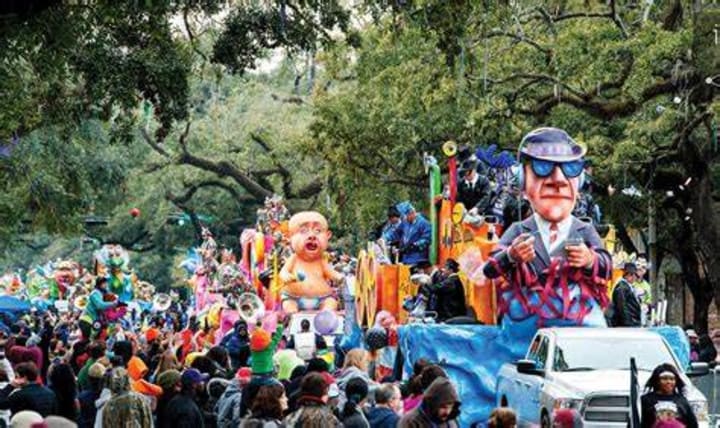
Mobile is the home of the oldest Mardi Gras celebration in the U.S. The event takes place in February. All storefront windows are decorated and beads can be found all over city streets, balconies, and parks. Among the main social events are the Mardi Gras masquerade balls. Mardi Gras or Fat Tuesday, is the day before Ash Wednesday and the start of Lent.
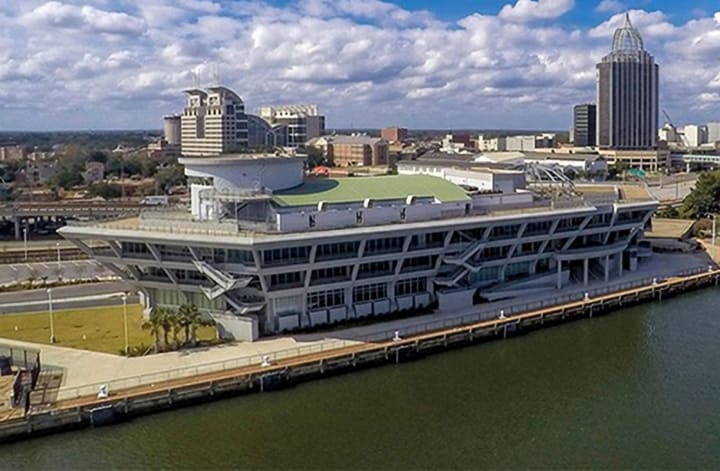
GulfQuest National Maritime Museum of the Gulf of Mexico offers visitors a variety of interactive and educational exhibits that look into every aspect of the Gulf of Mexico, from natural habitats and weather to its importance as a maritime trade center. Children enjoy the Junior Mariners play area and the full-wall mural of Mobile Bay with movable sea life and vessels. The whole family can enjoy the interactive displays like a steamboat station.
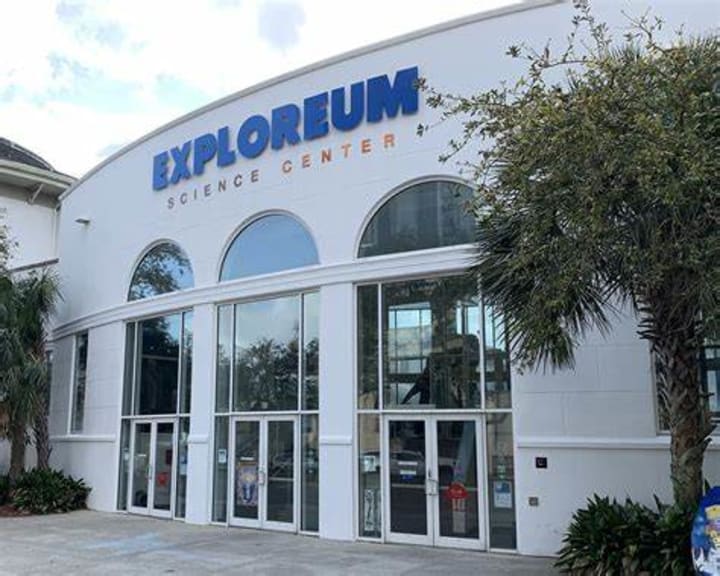
Gulf Coast Exploreum Science Center is home to interactive science exhibits and an IMAX theater that shows science-based films all day. Among the permanent exhibits is an interactive life science lab for children. There are displays related to the Gulf of Mexico and a play-learning area for children five years old and younger to explore
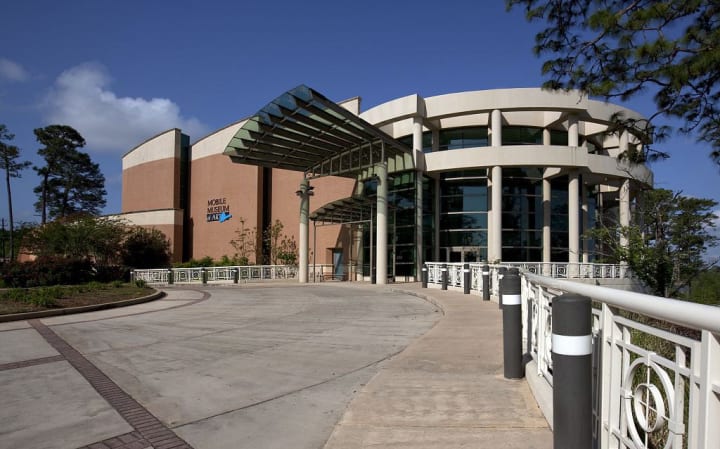
The Mobile Museum of Art is located in Langan Park. It is home to over ten thousand artworks, spanning a period of 2,000 years. The permanent collection is displayed on a rotating basis and features decorative arts, African art, contemporary crafts, and American art. The museum also has a large Native American art collection. There are also temporary exhibits with a changing program.
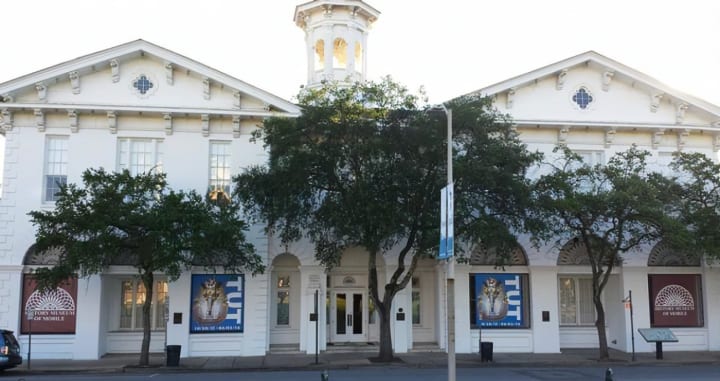
The History Museum of Mobile features artifacts and exhibits that look into Mobile’s past. Visitors can learn through educational displays and artifacts about the Colonial Period, slavery, and the Civil War, Mobile’s important role in supporting WW II war efforts, and the important events during the Civil Rights Movement. The centerpiece of this exhibit is the 5,000-pound Civil War cannon that once stood on the decks of the Confederate ship CSS Alabama. The Mary Jane Slaytop Inge Gallery features decorative arts and interesting artifacts from Old Mobile High Society. The museum also features a unique collection of miniature houses, which depict some of Mobile and Alabama’s finest mansions.
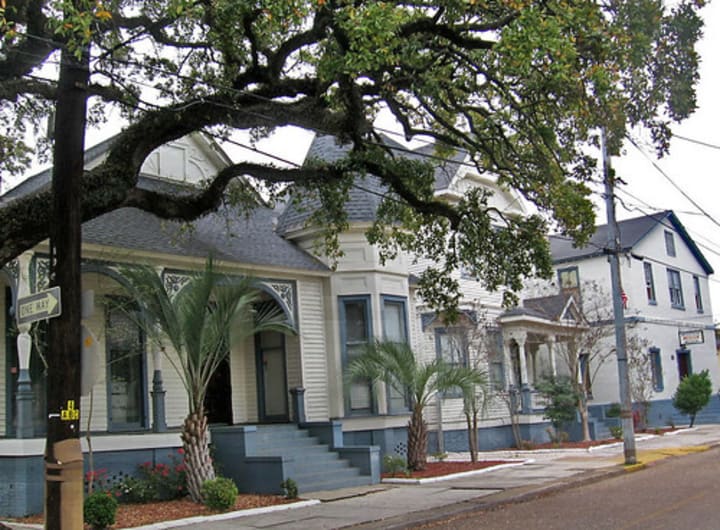
There are seven designated Historic Districts in Mobile. Self-guided driving or walking tours are available.
Among the highlights is the De Tonti Square in downtown Mobile with historic buildings in Federal, Greek Revival, Italianate, Queen Anne, and Victorian architectural styles. The Oakley Garden District, covering over 60 blocks is home to mansions and cottages from the 1830s to the 1930s. The Old Dauphin Way District has older structures like simple frame cottages along with larger homes. Church Street East has colonial French, Spanish, and English buildings that were destroyed by fire and rebuilt in the late 19th century. Lower Dauphin Street is the city’s only predominantly 19th-century commercial district with two and three-story brick structures built in the Victorian, Federal, Italianate, and 20th-century Revival styles.
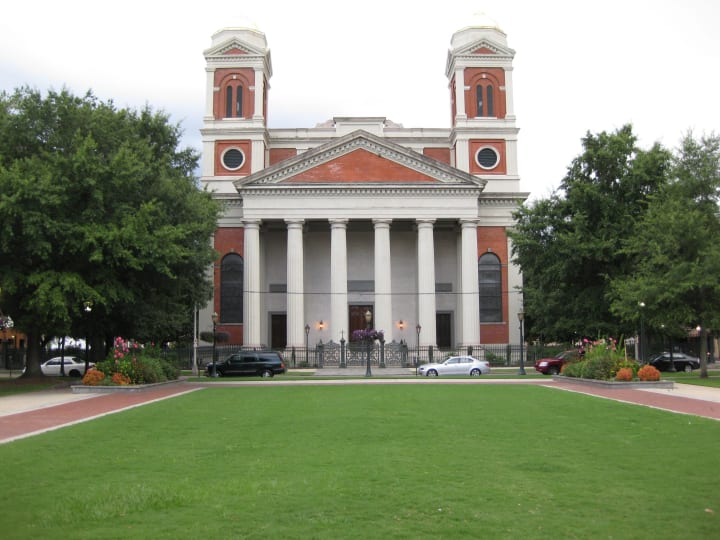
The Cathedral Basilica of the Immaculate Conception was established in 1704 and moved to its present location in 1711. This is a classic Roman Basilica style that features eight Roman Doric columns, a barrel vault ceiling, and two towers. There are huge stained-glass windows that depict various scenes from the life of Mary.
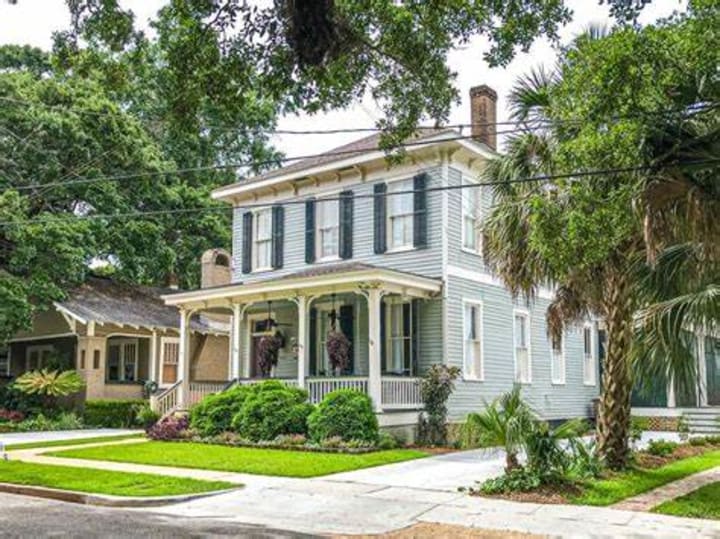
Oakleigh, a Greek Revival mansion that was built in 1833 for James Roper, a prominent merchant. It is furnished with antiques of the early Victorian, Empire, and Regency periods.
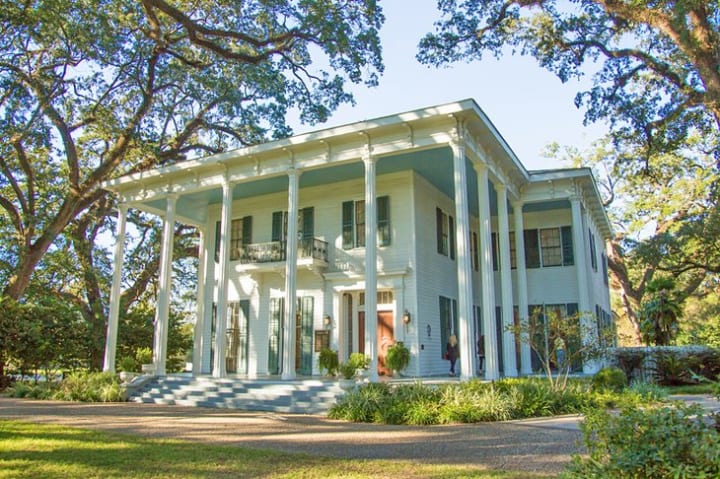
The Conde Charlotte Museum House was built in 1822 and was the city’s first official jail and courthouse. Later it was renovated and became the home of the Kirkbride family. Some of the rooms have been furnished to reflect a period or nationality among them French Empire, 18th century English, American Federal, and the Confederate Room. The museum has a collection of historic artifacts. There is a walled Spanish garden.
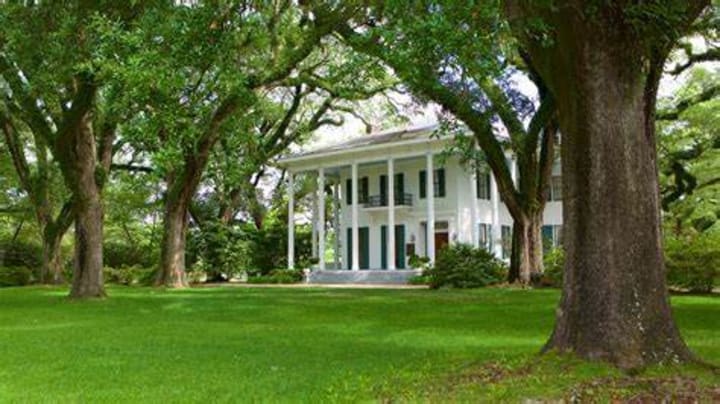
The Bragg-Mitchell Mansion was built in 1855 and features an elegant spiral staircase and double parlors. It is considered to be one of Mobile’s finest antebellum mansions. Tours of the house are free.
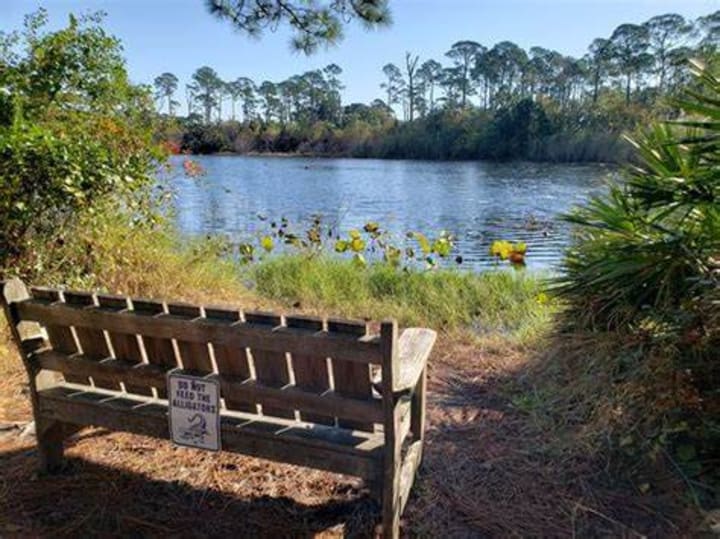
At the southwest entrance to Mobile Bay, you’ll find Dauphin Island Bird Sanctuary with Fort Gaines, which played a part in the Civil War. The Audubon Bird Sanctuary is an important site for bird migration. On the island is a freshwater lake for swimming, fishing, and beaches to relax on.
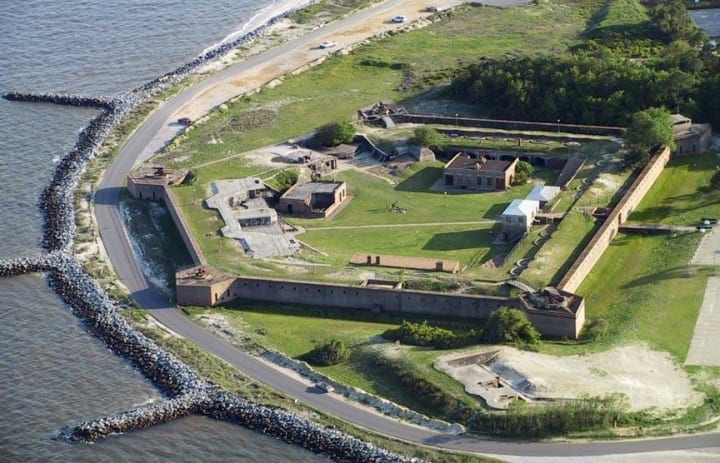
Fort Gaines changed control from France to Great Britain to Spain and finally the U.S. in 1813. It played a major role in the Battle of Mobile Bay. In WW I it was used as an artillery garrison and in WW II as a US Coast Guard Station.
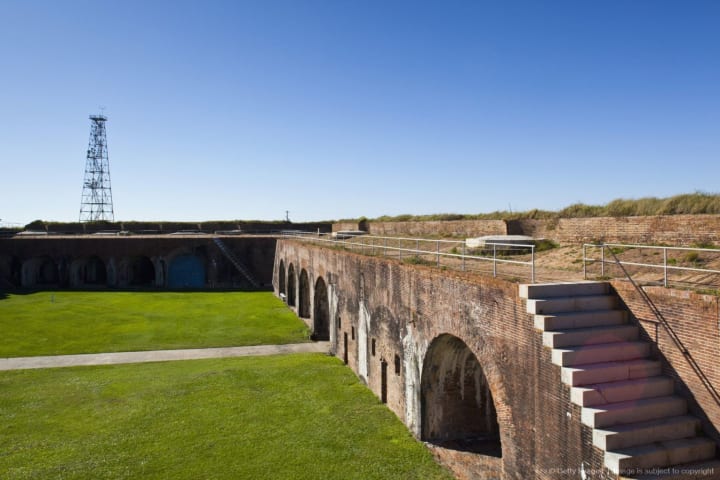
Visitors can take a ferry to the western point of Pleasure Island which is home to Fort Morgan.
About the Creator
Rasma Raisters
My passions are writing and creating poetry. I write for several sites online and have four themed blogs on Wordpress. Please follow me on Twitter.






Comments
There are no comments for this story
Be the first to respond and start the conversation.